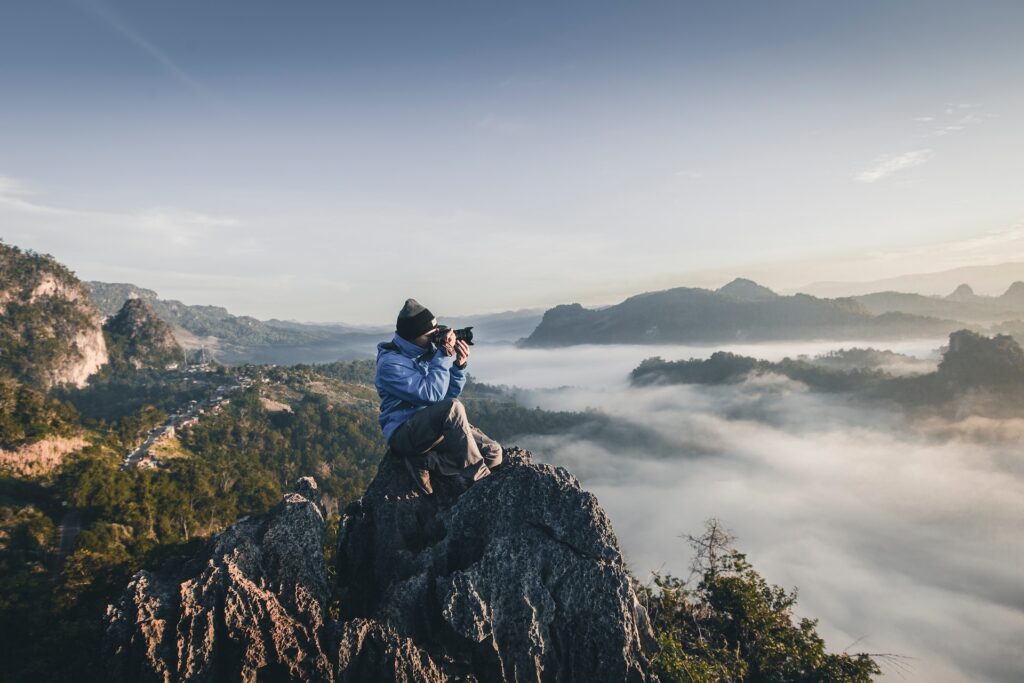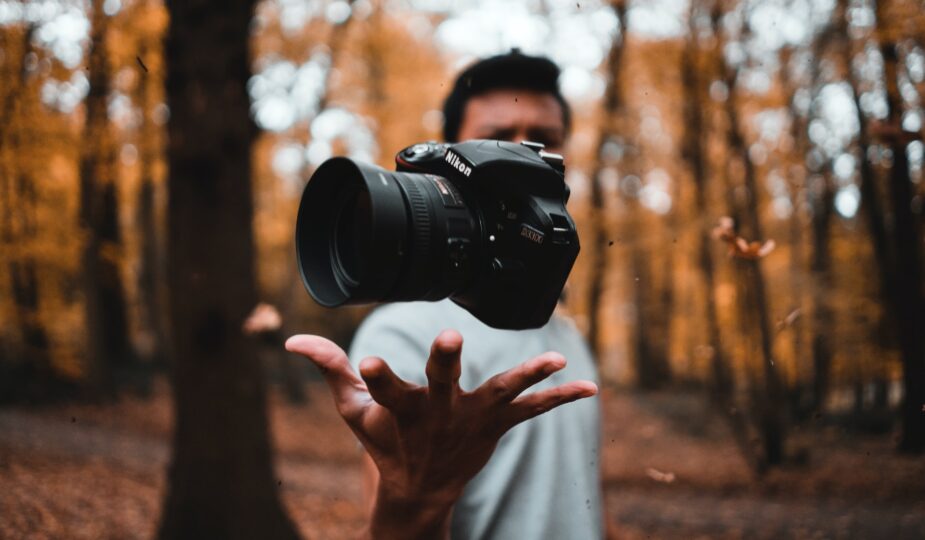It’s said that a photograph is worth a thousand words, and few people are likely to argue it. Just as a skilled writer is needed to make the most of those thousand words, a skilled photographer can make or break a photo. Particularly when taking lifestyle photography, a clear vision and understanding of the work being produced is necessary to make an amazing photograph.
What is Lifestyle Photography?
As compared to photojournalism or portraiture, lifestyle photography seeks to make art of everyday events, using individuals, families, and fascinating locations to produce inspiring visuals that represent the world we live in. Fashion trends can be a great way to add interest to your lifestyle photos, but be sure to choose pieces that are comfortable and flattering. The intent of lifestyle photography is fairly different from portraiture, though the methods used to produce lifestyle photography are somewhat similar to other forms of photography. While all photography fundamentals may not apply to lifestyle photography, the skills are highly transferable, making the skills represented in this guide useful in other forms of photography as well.
Planned, Not Performed
The most popular form of lifestyle photography is the “candid”. A way to represent an unplanned moment in time, candids are spontaneous clips of the subject’s experience, generating a feeling of intimacy, community, and timelessness in the photograph.
For professional photoshoots, however, banking on candids can be an inconsistent and unreliable practice, leading lifestyle photographers to lean on “plandids”. These are crafted scenarios that highlight a particular type of environment or practice in the photo to achieve a spontaneous and unplanned feeling to the photograph, while still being able to reliably reproduce the subject matter for several shots. The jewelry industry uses amazing lifestyle photos to showcase their products and connect with customers on an emotional level. This enables photographers and editors to have multiple photos to choose from and edit, but maintains the feeling of intimacy and timelessness that a true candid has.
Strong lifestyle photographers have a planned scenario they are going to photograph, instructing models to act in certain ways, but without a direct script for those models to follow. This allows models to act organically, bringing commercial quality to light without an over-produced or “faked” feeling.
Strong Compositions
One of the primary fundamentals of design is composition. Composition refers to the arrangement of elements within the frame of work, and is incredibly important to the overall look of the photograph.
Strong compositions make everything seen in the photograph intentional: the amount of sky showing, how the models are framed, even the implied lines of mountain slopes or household wall siding can all affect the composition of the work. A purposeful composition gives emotional and compositional weight to the subject matter, highlighting the products or models in the piece, and using the background to complement the aesthetic of the work as a whole to further help the subject shine. Composition should always be the first thing a lifestyle photographer thinks about, as it is, quite literally, the foundation of the photograph.
Color Theory Counts

As cameras improve in design and become more sensitive to color, the ranges of colors that can be reproduced digitally are expanding with every iteration. As such, lifestyle photographers should take great care to understand the colors in their photograph, ensuring that the palette works well for the desired effect.
Just as with fashion, different colors carry emotions with them, and can elicit a particular reaction from the viewer. Blues and yellows, for example, are considered playful and “light” colors, giving photos a sense of whimsy and childishness. Reds and browns, on the other hand, are much more mature and stately, granting subjects an air of grounded authority, depending on how they are used. Lighting is also an important consideration here, as different colors of light can alter how color is perceived in a photo. Strongs shadows may darken or desaturate colors, while bright highlights can lighten and wash out other colors. Photographers should understand which colors work together, and where to break the rules for special effect. Eliciting an unexpected feeling from a viewer can be just as powerful as a classically beautiful photo.
Works of Art, Not Just Ads
Lifestyle photos are so much more than a social media ad or portrait. Like all other art, photography is intended to send a message to its audience, creating feelings and experiences in people they wouldn’t have otherwise. Skilled photographers can do this with design fundamentals, careful preparation, and a little talent, but even new photographers can understand the basics and start creating their own works of art with a little forethought.
Composition and color theory are the first stepping stones in photography, but like any other art form, there is a large set of tools and techniques to pull from to create truly stunning lifestyle photos, with an infinite number of ways to uniquely express your vision.
Author’s Bio:
William Powell is a writer and educator with a passion for marketing and lifestyle photography. He also enjoys learning about the latest business trends and analyzing how global events impact domestic and international economies.








